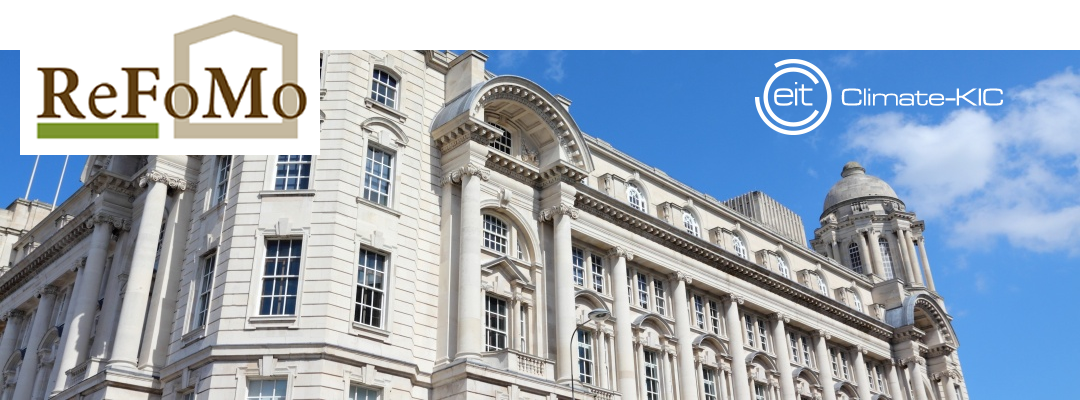Atelier European Fortresses
The AT FORT project aims to exchange knowledge between the eleven partners and other fortress specialists. The AT FORT PARTNERSHIP includes 11 partners, who are local and regional authorities, public bodies and knowledge institutes with experience in the field of cultural heritage utilization.
21st century needs
Fortified heritage sites and their surrounding landscapes built between the 16th and 20th centuries represent a considerable cultural value in Europe.
The majority of these sites (particularly the partners’ sites) are situated close to urbanised areas, and thus represent a great potential for accomplishing socio-economic regional development goals. Although nowadays the surrounding urbanised territories are increasingly “conquered” by the development of new and modern constructions, there are several assets that haven’t been tapped, representing great potential for increasing attractiveness of towns and regions.
The re-use and exploitation of renovated and revitalised fortresses, should be organised in accordance with the needs of the 21st century. These new economic functions will generate resources for future maintenance of the cultural values of these sites.
Conservation through development
However, the “Conservation through development” concept (the motto of the Dutch Belvedere principle), which this project wishes to adopt, requires a cyclic thinking and a coordinated, integrated and systematic approach.
In order to maintain these cultural values and to make these fortified heritage sites real drivers of regional sustainable development, public bodies responsible for their operation, maintenance and exploitation must find solutions to the following problems and/or challenges:
1. In order to have the means and resources to preserve assets (in the midst of decreasing public budgets) the exploitation of new economic functions (congress/event facilities, recreational activities, visitor centres, etc.) is indispensable. This offers the potential for socio-economic growth (new jobs, social employment, increase in regional revenues), opening a wide variety of possibilities for multifunctional use. The identification of best possible exploitation scenarios and creation of feasible development plans a thorough analysis of the already existing examples.
2. There are important enabling conditions that need to be fulfilled and taken into consideration when creating new functions for a protected heritage site. Ecology (i.e. vegetation and bats), the use of renewable energies, accessibility, architecture- and restoration techniques, along with planning and landscaping are some of the most important factors that need to be considered. When dealing with these aspects, bodies responsible for the sites often face conflicting policy or legislation (e.g. heritage protection vs. nature conservation or modern acclimatisation). By investigating good practices regarding enabling conditions, joint recommendations should be created to solve these conflicts and make regional/national/EU legislation sympathetic to redevelopment.
3. The management of fortified heritage sites calls for enhanced governance models. Legal, organizational and branding aspects have to be rethought and innovation in financing models using good examples of PPP (which is a key for the management of these sites) is required.
Better governance requires smart vertical and horizontal cooperation schemes which have to be adapted to the very specific character of the sites, in line with the “Conservation through development” approach.
Questions
The importance of fortified heritage sites necessitates specialists and there are of course many challenges and questions which remain unanswered. In 2009 the New Dutch Waterline organised a European conference tackling issues such as innovative redevelopment techniques and ecology (presence of bats and vegetation within the fortified heritage sites habitat). Experts from 13 European countries attended the conference, keen to exchange experience and knowledge on these specific topics, but of course many questions have not yet been answered given that they need in-depth and intensive cooperation and research.
Partners
The partners that were invited to join the At Fort partnership, were selected on the basis of their specific know-how and experience, their geographic location and their capacity to directly influence policies and decision making processes at local and/or regional level.
Experiences of partners
Partners have a wealth of experience in introducing new economic functions and in several aspects of the enabling conditions, as well as effective governance, financing and branding models and believe that putting the pieces of the puzzle together will help to find workable and sustainable solutions for all partner regions.
During the next 3 years, our team – with the help of the INTERREG IVC PROGRAMME- will try to find the best answers to these questions.
For more information please visit www.atfort.eu

